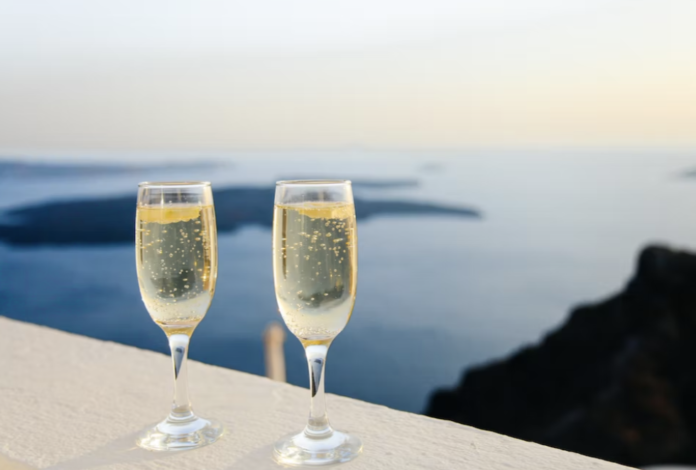‘Wine Makes You Travel’: Kosher Expert Gabriel Geller Visits for Passover
With Passover coming up, Expert Gabriel Geller visited to talk about his passion for wine, Kosher wines and his favorites for family celebrations like Passover.
What was the moment that inspired you to get into wine professionally?
Okay. So this is actually 2 questions. So first thing. What I like most about wine is wine makes you travel.
There was a wine writer and critic who used to say that when you open a bottle of wine, you’re opening 5,000 years of culture and history. I love that.
And you know when you open up a bottle, whether it’s the Carmel single vineyard, Volcano from the Upper Galilee Israel or Herzog Special Reserve from the Santa Rita Hills in California.
Whether you are here, California, Israel, France, that region, this region. You’re traveling, you experience, different expressions of grapes, of wine-making style coming from all parts of the world, and all of that has an impact and influence that comes from the history, the culture of the specific region the wine comes from.
I think that it’s part of what makes you know wine such a special beverage, it brings people together. It’s not just about the wine itself, the way it tastes, it smells. But where it comes from. What’s the story there? And that’s really what I love most about wine.
Do you have any amazing wine picks for Passover this year?
Okay, so let’s start with this one.
That’s the Carmel Single Vineyards Volcano Merlot 2020. It comes from a vineyard called Evyatar Creek, in the Gallilee in Israel. This is a full bodied Merlot.

It is grown, as the name of the series Volcano indicates, in volcanic soil, which brings a great mineral profile to it, elegance to it, natural acidity that keeps the wine really refreshing. There’s great complexity here. It’s a very enjoyable wine now and has the potential for development and aging for about a decade.
I love to pair it with lamb chops; they go great together. But, if you’re not so much into land and game, a nice rib roast would do just fine. So that’s a really good one for that. It’s fresh out on the market and just introduced last month.
So I’m a big Merlot fan. Ever since the movie ”Sideways” came out almost 20 years ago. Now you know that there’s some people who, just because of the Hollywood movie, steered away from it, and it’s such a shame, because it is a great variety. So many great wines for you just like every other grape, you just need to pick the right wine, but they are there.
Talk for a minute about Kosher vs Non-Kosher wine
I don’t want to say it’s a misconception, but the difference between a kosher wine and non kosher wine is the label itself. There may not be that much other of a difference exactly.
You can take the most knowledgeable experienced sommelier in the world, a master of wine and it doesn’t matter, they won’t be able to tell you which one is kosher because there is absolutely no way to tell based on taste. It’s only about who handles the process itself.
To learn more about Gabriel Geller visit Kosher.com
To shop for the wines Gabriel Geller suggested



